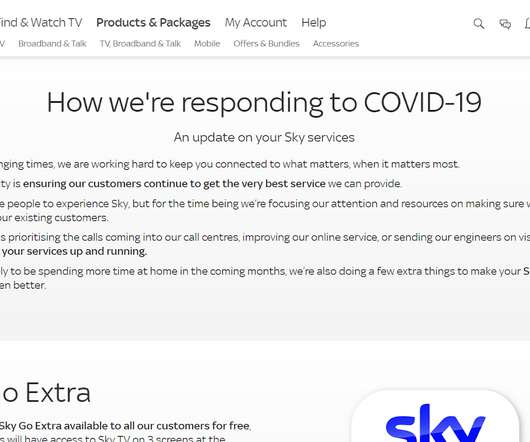10 Negatives That Still Make Going Public A High Risk
Startup Professionals Musings
SEPTEMBER 11, 2017
According to a recent Ernst & Young global report , the first half of 2017 was the most active first half by global number of IPOs since 2007. Most just don’t enjoy all the challenges of communicating to analysts, placating demanding stockholders, and keeping up with legal reporting requirement.























Let's personalize your content